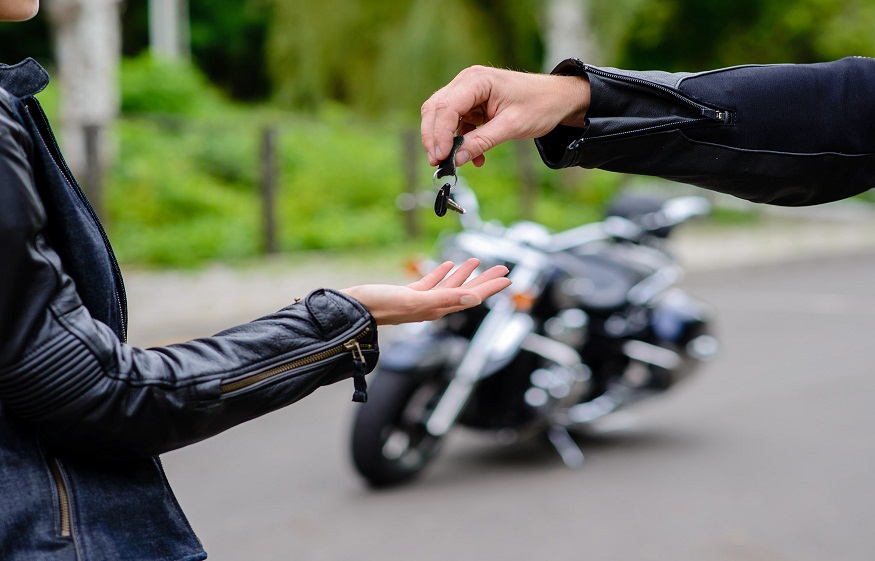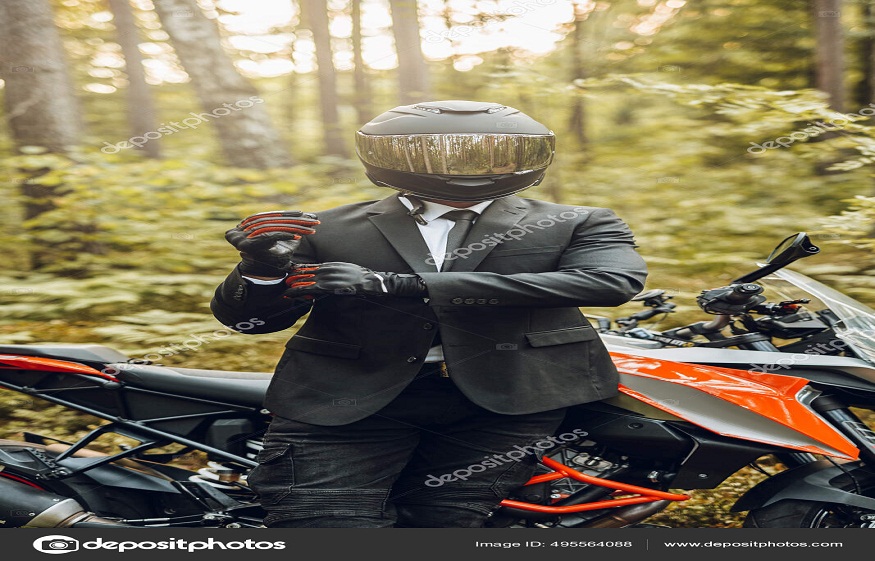Desired use, morphology, budget, experience, insurance… Many parameters must be taken into account when choosing to buy a motorcycle. Focus on the questions to ask yourself before buying a motorcycle!
How to choose the right motorbike?
Before the aesthetic aspect, many parameters must be taken into account before buying a motorcycle, such as the engine capacity authorized by the license in our possession, physical abilities, intended use or driving experience. Added to this is the financial criterion imposed by driving a motorcycle and the insurance that goes with it.
Buying a new or used motorcycle?
Buying a new motorcycle is the guarantee of benefiting from the latest safety equipment (ABS, brake booster, etc.) and environmental standards.
More economical, purchasing a used motorcycle is just as reliable, but certain elements must be checked:
Absence of unapproved technical modification
Good general condition of the motorcycle
Motorcycle that has never been in an accident
Budget dedicated to the motorcycle
Not counting the cost of the license and the purchase of the motorcycle, new or used, driving a two-wheeler requires a significant budget in additional costs:
Motorcyclist equipment: helmet (must be worn), motorcycle gloves (mandatory, CE certified), jacket, specific shoes.
Insurance: more expensive for a beginner biker and depending on the model of the motorcycle.
Registration card.
Motorcycle maintenance: its cost also varies depending on the type of motorcycle.
Motorcycle license
Three driving licenses give access to different categories of motorcycles:
The A1 license, accessible from the age of 16, allows you to drive a 125 cm3 scooter or motorcycle with a power of 11 kW and a power/weight ratio of 0.1 kW/kg maximum.
The A2 license, valid from the age of 18, authorizes the driving of a scooter or motorcycle with a power of 35 kW and a power/weight ratio of 0.2 kW/kg maximum.
Since June 2, 2016, the A license can only be obtained by first passing the A2 license, regardless of the age of the driver. After 2 years in 35kW, the candidate can take an additional 7-hour training course to obtain the A license.
Everything you need to know about motorized two-wheeler licenses.
Two-wheeler driving experience
However, not every holder of an A license can drive every type of motorcycle. Some insurance companies do not agree to cover certain models depending on the rider’s experience, particularly for young drivers, for a first insurance policy or in the event of a significant penalty.
Furthermore, it is recommended that the novice motorcyclist chooses a light and easy-to-handle motorcycle to gradually get used to riding a motorcycle.
Physical abilities and morphology adapted to the motorcycle
To drive safely and have a good feeling, the motorcycle must be adapted to your physical abilities and your morphology.
In the event of a physical problem (wrist, knee, back, neck, etc.), certain types of motorcycle are better adapted to your morphology by distributing the pressure exerted on the body differently when driving.
Before buying a motorbike, new or used, it is therefore important to test it to check whether it suits your body type: good sensations on the vehicle, easy handling even with the engine off, etc.
Use of two-wheelers
Finally, the last question to ask is the intended use of the motorcycle: is it for riding alone or with someone else? Mainly on the road or highway? Short or long distances? In an urban or rural environment?
There are several families of motorcycles:
The basic utility motorcycle is small and medium-sized, economical, easy to handle and suitable for city trips: scooter from 80 cm3 to 250 cm3 and 125 road motorcycle.
The GT (Grant Tourisme) motorcycle is a medium to large displacement road motorcycle, comfortable for long distances, alone or with a partner.
The Roadster or Custom motorcycle offers no protection to its driver (absence of fairing), is not always very easy to handle and has a cylinder capacity of up to 2,300 cm3.
The Trail motorcycle is small or medium displacement, economical, light and easy to handle, suitable for the city and small paths (very high motorcycle) rather than long journeys.
The sport bike is very powerful, expensive to buy and maintain, designed for the track rather than for the city and the transport of a passenger, not very comfortable and difficult to handle at low speeds.
The Trial, Cross, Enduro or Supermotard motorcycle is designed for competition, not very suitable for road riding, most of them are not approved for use on the road


